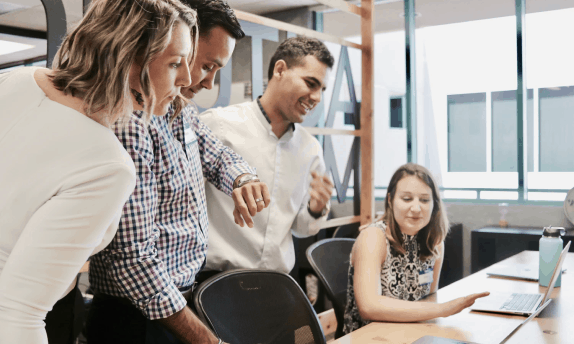Advocacy Roadmap
You don’t have to be a professional lobbyist to influence your elected officials. All you need is some solid research on the issues, some committed citizens and a well-thought-out plan.

5 steps for becoming
an effective citizen lobbyist
Before you schedule your lobby visit
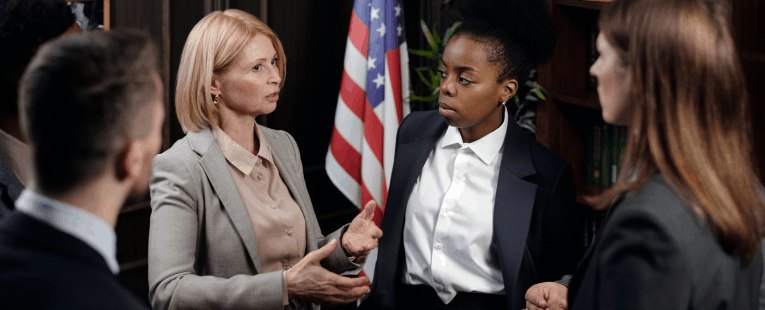
-
Identify an issue
Identify an issue pertaining to water, food or energy that affects your bioregion.
-
Visit our online database
EDA’s bill tracker, Model State Legislation for Resource Democracy is a powerful tool that will help you identify pending bills in your region and in other districts across the country.
-
Gather a group of like-minded people
Find other individuals or groups in your area who may be interested in forming a lobbying team with you. There's power in numbers.
Need more information?
We highly recommend you take part in one of our scheduled advocacy training workshops or seminars. Online or in-person workshops can also be individually tailored to your group or organization’s needs.
Schedule an appointment with your legislator
Identify the names of your legislator’s staff members. You may be asked to meet with them rather than the legislator, especially on your first visit. Establishing a relationship with a staffer is often just as effective as meeting with the elected official, so don’t consider this a loss if you don’t meet with the legislator.
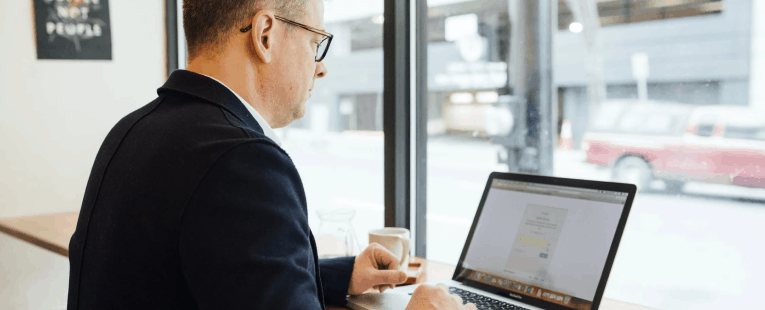
-
Define the date and time of your visit
Currently, nearly all meetings are virtual. Ask how much time you'll have so you can plan effectively. Determine who will set up the call and then follow up with a confirmation email with meeting information.
-
Provide the theme of your visit so they know in advance what your concerns are
Give a general description of your group, or if a formal organization, its name.
Let them know how many people will be in your group.
Need more information?
We highly recommend you take part in one of our scheduled advocacy training workshops or seminars. Online or in-person workshops can also be individually tailored to your group or organization’s needs.
Set up a planning meeting with your team
Everyone in your group should have a clear understanding of the issue you’re lobbying for. They should be familiar with any background research you have collected and know what each person’s role and responsibility is before you meet with the legislator.
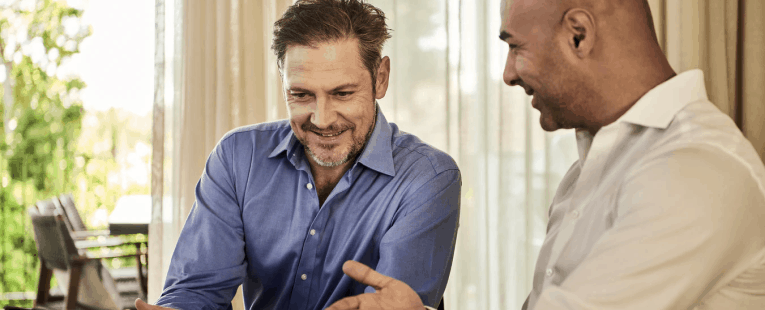
-
Assign roles for each member
This will help you keep the meeting on point. Identify the group leader, note taker and other essential roles for your lobby visit. (Described in detail in our advocacy training).
In addition to taking notes on the discussion during the lobby visit, the note taker will obtain the names and contact information of all group members at this planning meeting. The note taker will create a list to give to the legislative office as a record of their constituents' interests and to the person assigned to follow up with the elected official.
-
Arrange for your group to meet before the lobby visit
If your lobby visit is in person, find a location where you can meet before your visit begins.
If your lobby visit is virtual, make sure everyone logs in 10 minutes before the meeting.
-
Define the 'ask'
This is a short, concise sentence that states what you want your legislator to do. An example is: “Publicly support legislation that makes it illegal for private companies to buy rights to bottle and sell our municipal water.”
During the meeting, you’ll reinforce your ‘ask’ by expanding the statement to include your reasons for why the issue is important to you and the larger community.
-
Develop a personal story
Depending on the size of your group and the time available, ask several members of your group to develop a personal story that illustrates how the problem impacts them. While a good 'ask' keeps the topic at the center of your conversation, personal stories make it memorable.
-
Make a plan
Make a plan for how you'll use the time you're given with your representative, and stick to it.
Need more information?
We highly recommend you take part in one of our scheduled advocacy training workshops or seminars. Online or in-person workshops can also be individually tailored to your group or organization’s needs.
Your lobby visit
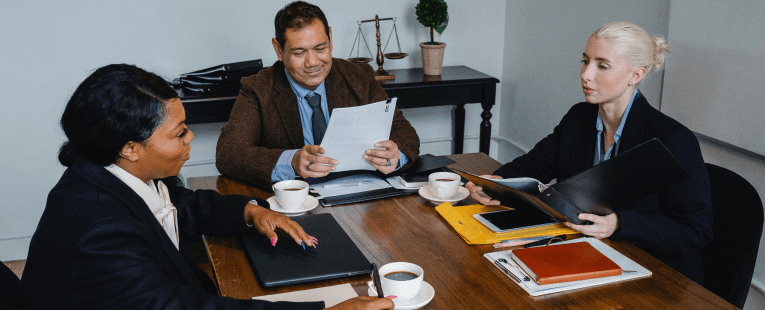
-
Introduce the group
When the staff or legislator arrives for an in-person meeting, the group leader introduces the group. Then each member gives their name, where they live and their professional or group affiliations. Your legislator will want to know if you represent the thinking of other constituents. If your meeting is by telephone, the group leader will give a brief overview of who's on the call. If the meeting is virtual, the group leader will ask the members of the team to introduce themselves as if they were there in person.
-
Make a connection with the person who you are meeting
To set a positive tone, begin the meeting by thanking your elected official for their stance on some issue that’s important to you. It doesn't have to be connected to your current 'ask.' The point is to make a connection with the person you're meeting with, before getting down to the business of the meeting.
As EDA is a non-partisan organization, we sometimes find ourselves meeting with legislators who may hold different or even opposing views on topics of concern to us. In such cases, you may have to dig deep to find something you can agree on, but your legislator will note the effort.
-
Make the first statement of the ‘ask’
The group leader makes the first statement of the ‘ask,’ which will be repeated several times during the meeting. The group leader should keep an eye on the time, ensure that the conversation flows and that everyone assigned to speak is able to do so.
-
Tell your personal stories
As arranged prior to the meeting, assigned group members tell their personal stories, explaining why they care about the subject, what it means to their community and how it relates to the 'ask'. No more than 2-3 minutes for each story.
-
Ask if the elected official or staffer has questions and respond accordingly
If you don't know the answer, offer to find out and get back to them within
a day or two. -
Questions may then be posed by group members,
such as:Do you support our ‘ask?’ Will you invite your colleagues to join you in support?
Have other constituents contacted you about this issue?
Is there any other information that might be helpful to you?
-
Repeat the ‘ask’
In closing, the assigned group member repeats the ‘ask’ and lets the elected official or staffer know that the group will follow up with them on the issue. If support materials for the 'ask' have been prepared in advance, they will be left with the elected official or staffer at the end of the meeting.
-
Ending the meeting
The group leader thanks the elected official or staffer for meeting with them.
Need more information?
We highly recommend you take part in one of our scheduled advocacy training workshops or seminars. Online or in-person workshops can also be individually tailored to your group or organization’s needs.
Follow up
-
Immediately after the visit
The group member assigned as follow-up will email the staffer the following day to thank them for the visit. If the list of group attendees needs to be updated or if additional information has been requested, this can be included with the thank you.
-
Check back with them in two weeks
Remember, successful advocacy is based on building strong, enduring relationships with your elected officials.
Need more information?
We highly recommend you take part in one of our scheduled advocacy training workshops or seminars. Online or in-person workshops can also be individually tailored to your group or organization’s needs.
EXPLORE OUR RESOURCES
Become a lobbyist

Taking action

Sample letters

Training programs

our other programs
Sign up for our newsletter
EDA News is a quarterly publication that includes updates on our activities, feature stories, events, comments from members and reviews of articles from other sources. Read back issues of the newsletter.
